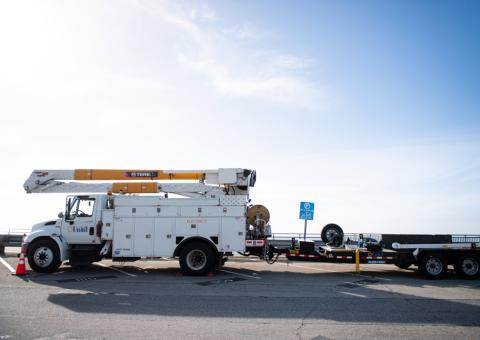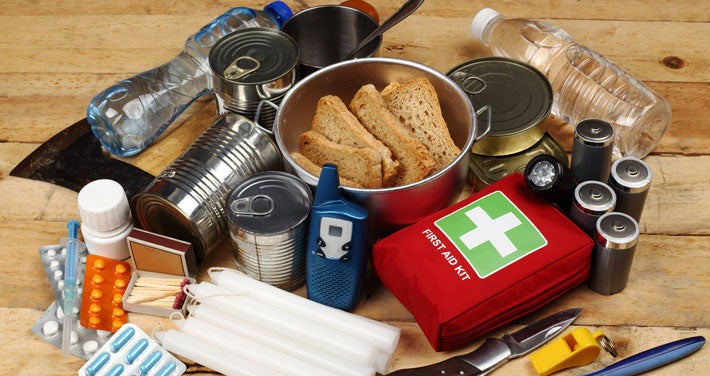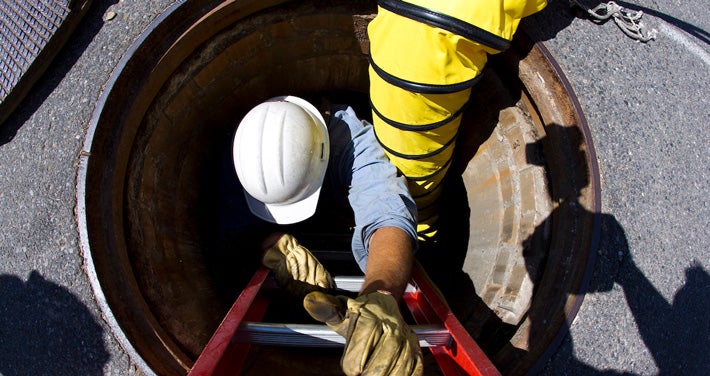Benjamin Franklin wisely said that failing to prepare is preparing to fail – something that is especially true when it comes to emergency preparedness. Municipalities plan extensively for situations such as these. Still, in some cases, first responders and disaster-relief organizations are spread too thin and may not be able to assist those in need immediately.
Disasters disrupt hundreds of thousands of lives each year, with lasting effects to both people and property. By preparing in advance, you can reduce a great deal of stress and anxiety that accompanies these events and mitigate the material losses as well. Keep reading to learn more about ways in which a little preparation can go a long way when you’re faced with some of the more common types of emergencies.
Staying Connected
Here are some ways to ensure your family stays connected.
- Cellphones and computers rely on networks and electricity and can therefore be unreliable during an emergency. Make a paper list of important phone numbers and make sure each member of your family has their own copy. This list should include family members, caregivers, doctors and medical providers, veterinarians, etc.
- If you have school-aged children, find out what protocols have been established for emergencies that occur during the school day.
- Wireless Emergency Alerts (WEAs) sent by state and local public safety officials and the National Weather Service look like text messages but are designed to get your attention with unique tones and vibrations. There is no charge for receiving WEAs and you don’t have to subscribe.
- Establish an out-of-town contact who can help your family reconnect. It can often be easier to make long-distance calls during a disaster as local lines can become overloaded.
- Store at least one family contact under “In Case of Emergency” or “ICE” on each family member’s mobile device to aid first responders in identifying emergency contacts if needed.
The Federal Emergency Management Agency (FEMA) provides a form on their website that guides users through the process of setting up a family emergency plan. Once complete, the form can be emailed as a PDF.
Being Prepared
Whether an emergency dictates a shelter-at-home protocol of several hours, an extended evacuation to a mass shelter facility, or even a shelter-in-place mandate, it’s important to think through the implications of each before disaster strikes.
- While essential services like supermarkets, pharmacies, and gas stations may remain open, supplies may be extremely limited (looking at you, toilet paper). Stocking up on nonperishable items when they’re widely available will give you great peace of mind later.
- To find the public shelter nearest you, text SHELTER and your home zip code to 43362.
- Mass shelters and hotels often do not accept pets. Identify shelters that do allow pets in advance or make arrangements with a friend or family member outside your immediate area.
- Build an emergency kit that contains three days’ worth of essentials for each family member, including food, water, medications, tools, and sanitation and first aid supplies. Store in a plastic tote and make sure everyone in your family knows where it is.
- Identify and locate items of importance so that they’re easily accessible in the event of an emergency evacuation. This includes birth certificates and other legal documents, necessary medications, baby and pet supplies, and any irreplaceable items.
Staying Safe
Regardless of whether you’re faced with severe weather, a wildfire, or flood, it’s always best to defer to the experts. First responders and other professionals are well-versed in disaster preparedness and have access to big-picture information that may not be available to the general public.
- Stay put unless you are specifically told to evacuate to keep the roads clear for rescue and emergency vehicles. If you do have to leave home, do not return until advised by local authorities that it is safe to do so.
- Limit landline and mobile phone use to keep lines open for the coordination of emergency response efforts.
- Tune in to your local TV and radio stations for up-to-the-minute information from local authorities on rapidly changing conditions.
- Remember that some natural hazards, like earthquakes or severe storms, can reoccur for several days.
- Watch out for downed power lines or damaged gas lines, and always assume that wires are electrified. Floodwater can contain unseen dangers such as debris or contaminants, and may also present an electrocution risk.
Hope for the Best, Prepare for the Worst
Emergency preparedness is not a one-time task, but a process that relies heavily on communication. Take the time to reassess your disaster plan at least once a year, as a change in circumstances (like the acquisition of a pet or the decreased mobility of an elderly family member) can significantly impact even the most well-thought-out plans. An ongoing conversation within your family will ensure that everyone is on the same page.
Key Takeaways
- Text messages sometimes get through when cell phone calls fail because they require less bandwidth. Even if you’re unable to transmit a text message, your phone will keep trying until it is successful.
- Even if essential services like supermarkets and gas stations are open, their electronic payment devices may not be working. A small stash of cash will ensure that you can get what you need if you can’t use your debit or credit card.
- If severe weather has been forecast for your area, keep your mobile device fully charged. If you lose power, reduce the screen brightness and limit any unnecessary usage to conserve the battery.




